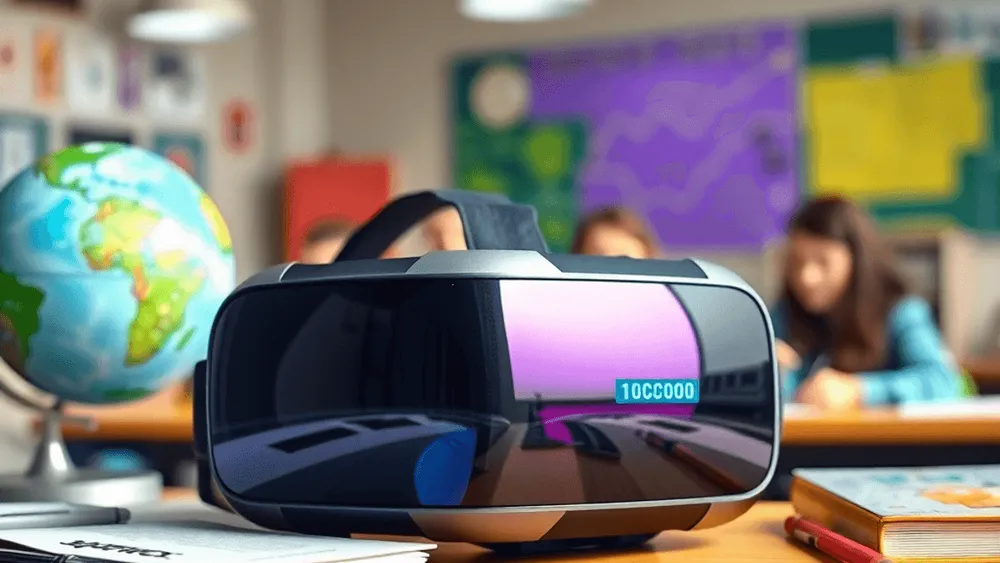Immersive technology and immersive education involves using AR, VR and XR technologies to enhance learning and teaching. When I consider the potential of these technologies in education, I often reflect on my own experience leading a Virtual OSCE project back in 2021. We didn’t create a fully immersive environment - instead, we used 360-degree cameras to capture panoramic images and added Xerte-based educational activities as hotspots in different locations throughout the scenarios. Despite its limitations, this project gave me valuable insights into what’s possible with immersive technologies in education.
I recently listened to our team’s latest podcast featuring Laura Shearman from the University of West of England and Owen Crawford from our team. Owen’s work on the Wales Virtual Hospital project during the pandemic particularly resonated with me, as it paralleled some of my own experiences. I found myself nodding along when he emphasised using VR as a delivery method rather than treating it as a teaching practice in itself - this really aligned with my thoughts about its pedagogical value.
Having said that, I still hold big reservations towards using immersive technology in education. We’ve seen lots of usage in gaming and simulation, but to me, affordability and scalability are the biggest concerns. The podcast discussion really brought these challenges to life - it’s not just about buying the initial equipment, but also securing ongoing funding and technical support. I quite liked Owen’s practical suggestion about using desktop VR for large cohorts to address the scalability issue.
Comparing this to AI’s impact on education and people’s everyday life, VR’s impact is still quite limited. In my mind, I always think of VR as something nice to have, but not essential. I’m really interested to see what real pedagogical value immersive technology brings to the learning process.
Before diving deeper, I think we need to look at some fundamental questions:
- What exactly is immersive technology?
- How can we meaningfully use these technologies in education?
- What are the real advantages and disadvantages of bringing immersive technology into education?
- What should our attitude be as digital education practitioners?
- What content is actually available, and what’s missing?
The podcast discussion offered some really useful practical guidance, suggesting we should:
- Use immersive technology as part of a session, not for the entire thing
- Focus on specific learning objectives rather than just using fancy tech
- Make sure both staff and students get proper support and training
- Think carefully about how to scale things up
Just as I’m writing this, Google has released Android XR, a platform that integrates AI directly into the Android operating system. This feels like a key turning point for XR devices like headsets and smart glasses, as they can now better understand both your intentions and your surroundings, opening up new ways to get things done.
In comparison to VR, I reckon XR is going to be more popular in the near future, at least until VR headsets become more affordable. This fits with what our podcast speakers were saying about focusing on practical applications rather than just the technology itself. I particularly like their suggestion about creating communities of practice across institutions - it seems like a brilliant way to share experiences and learn from each other.
Listening to these experts has helped me realise something important: while my reservations about immersive technology are valid, there are smart ways to use these tools effectively in education. It’s not about whether they’re essential or not - it’s about understanding how to thoughtfully integrate them to enhance specific learning objectives while keeping in mind practical constraints and accessibility needs.
